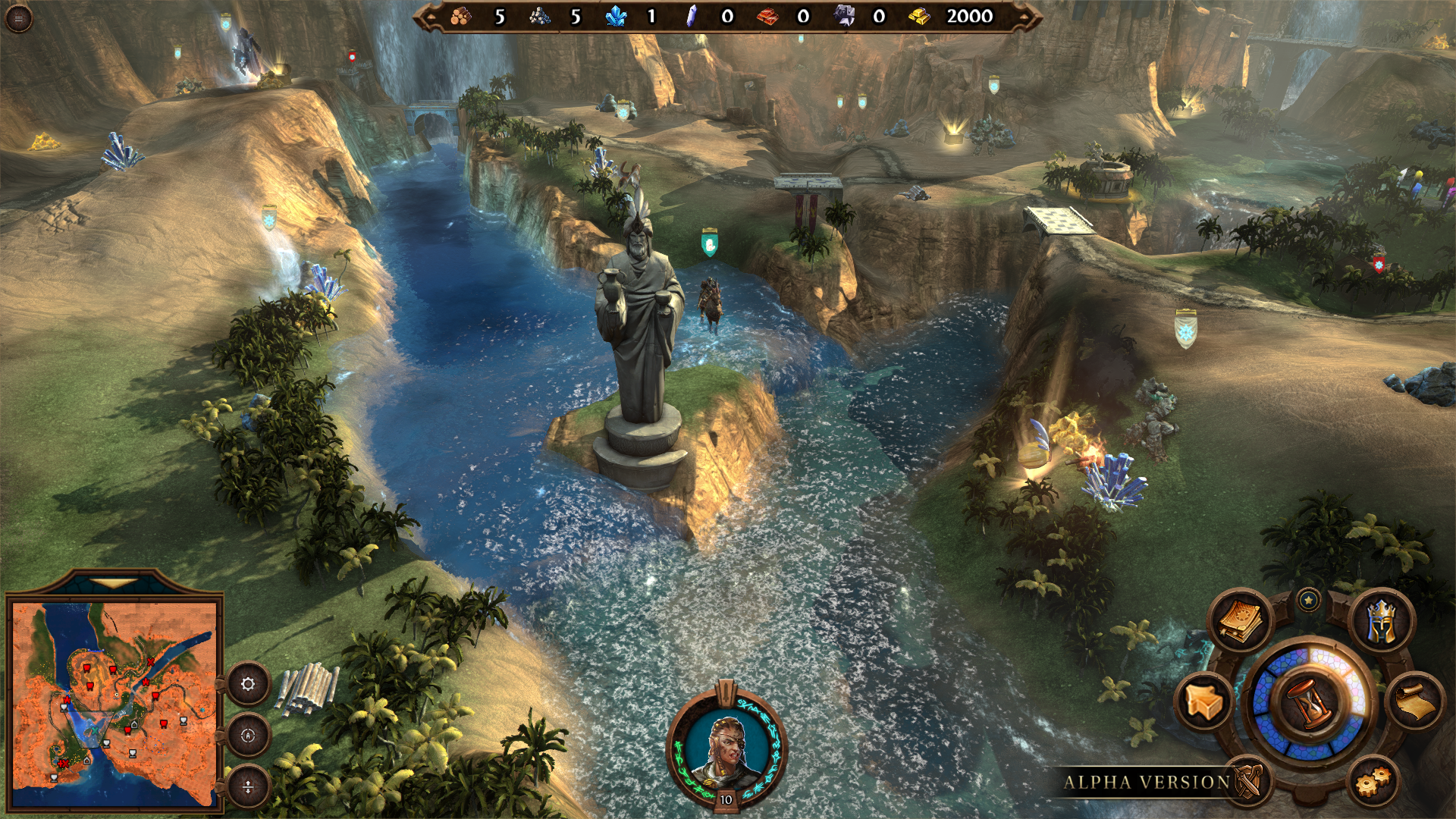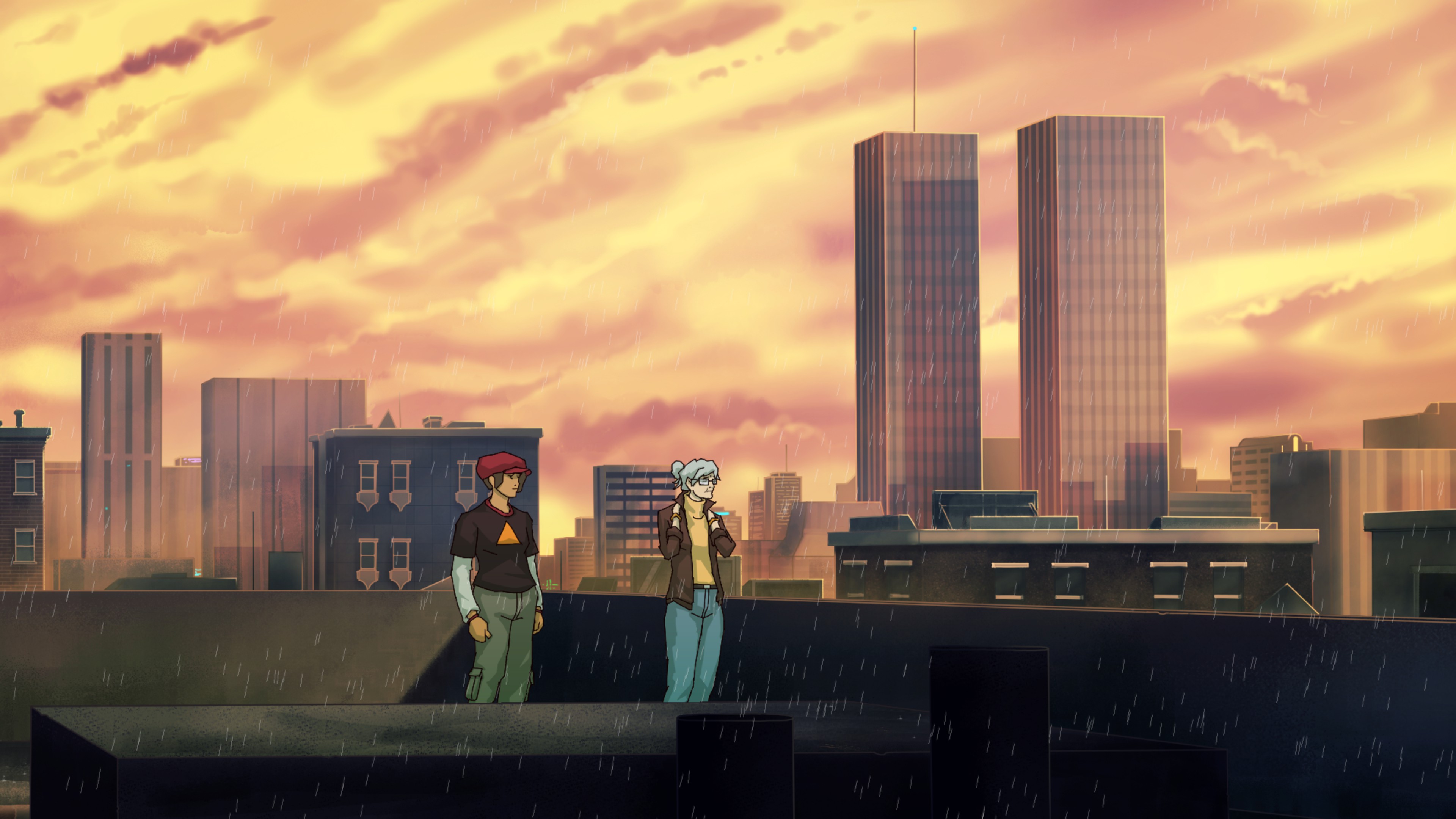Might & Magic Heroes VII: hands-on with a familiar-feeling sequel

Seven. Not many games hit that number, never mind spin-offs of series that get to look at their progenitors’ geeky credentials, scoff, and mutter “Pfft. Amateur.” The catch is that by that point, it can be difficult to spot the difference between a game that’s found its groove and one that’s a bit stuck in its rut. It’s too early to say which side Might & Magic Heroes VII falls, but it’s certainly a very, very familiar looking sequel.
The basic action involves players—typically one human skirmishing against AI opponents—being dropped onto a map where all that glitters isn’t gold, but only because much of it is gemstones and other precious resources. Heroes lead stacks of armies to uncover the terrain and fight both the neutral monsters minding their own business and more active enemy heroes, recruiting fresh troops, finding lost treasures, gearing up for combat and making the occasional alliance as time permits. It’s strategy twinned with Diablo’s love of gathering loot; a compelling, easy to pick up but tough to master experience that balances the need for tactics with the regular satisfaction of hoovering up everything in sight and converting it into ass-kickings at the Bank of Win.
It’s a template that’s served the series well; 1998’s HOMM3 in particular remains a beloved entry, and recently got a remaster to help celebrate the series’ 20th anniversary. Think of it as a dessert taster menu for the genre, with a slice of RPG, a strategic sorbet, a parfait of city building, and a few other treats served up in both complementary and easily digestible form. There’s no getting past the fact though that it is a template, and neither of two maps I got to play—both campaign maps—offered anything remotely innovative. The first was a pretty, but poorly designed RPG map where stepping off the designated path meant instant death. The second opened things up a little more, with a few quests scattered around a thankfully more classical skirmish focused map. This being HOMM, that still allowed for a little primitive scripting to throw up conversations and a few basic quests like completing some Beastmen funeral rites to unlock wandering tribes. In generally being more open though it was far more enjoyable, even without wandering heroes or any real sense of pressure. Still, at no point in either map was there any sense of playing anything particularly new.

To new developers Limbic though—the creators of the surprisingly indie RPG sequel Might and Magic X: Legacy—the focus is less on pushing forward than doubling down on what works, with a heavy eye towards the community. As such, development is taking place largely in the open, under the watchful eyes of players themselves—what Ubisoft is calling its Shadow Council. “We wanted this game to be a compilation of all the best features of the previous games,” explains creative director Erwan Le Breton. “For that, the process was to look at everything the community was saying about what for them was the best battle system, the best resource system, the best economics system. We made a list; this bit from HOMM3, a bit from HOMM6... this was disliked... this was popular, but the community didn’t feel it was part of the core Heroes DNA.”
The RPG side is a big example of that filtering. When the King’s Bounty series (which originally spawned the HOMM template) made a return in 2008, it was with a much heavier roleplaying focus that the then-HOMM6 team took notice of with features like reputation systems. Playing at least the HOMM7 demo maps, that side is very slight—canned dialogue and set quests rather than big interesting decisions and interactions. This is an active decision though, based on community feedback. “It was appreciated, but we also had feedback that it wasn't essential to that DNA of the brand. A cherry on the cake, not the cake itself. Players said that the Heroes experience is more about exploring the map, managing the resources, defeating the stacks. They’re much like the Diablo and Starcraft community; very loyal to the core experience.”
Player feedback is what Limbic kept coming back to. Most dramatically, the community has chosen two of the six factions appearing at launch—though less dramatically, they’re the Sylvan wood elves and the Dungeon, uh, dark elves, not some community generated madness like demon pizza bats. They join Haven, the Academy, Necropolis and Stronghold, with the safe money being on on Infernal and Fortress joining in post-release expansions. All six sides feature in a campaign, tied into the story of young Duke (later Emperor) Ivan attempting to create a better future with help from both advisors and the lessons of history in much the same way as Limbic itself. Though Limbic does presumably have fewer scantily dressed necromancers on its books, it’s hard to think of a better way of handling it. Heroes VII isn’t boasting splashy additions, but it’s a series where the more ground-level balance, economics and opportunities that will ultimately determine its place in the series—and whether fans will be remembering it fondly in 15 years as well as playing it later in 2015.
The biggest gaming news, reviews and hardware deals
Keep up to date with the most important stories and the best deals, as picked by the PC Gamer team.

